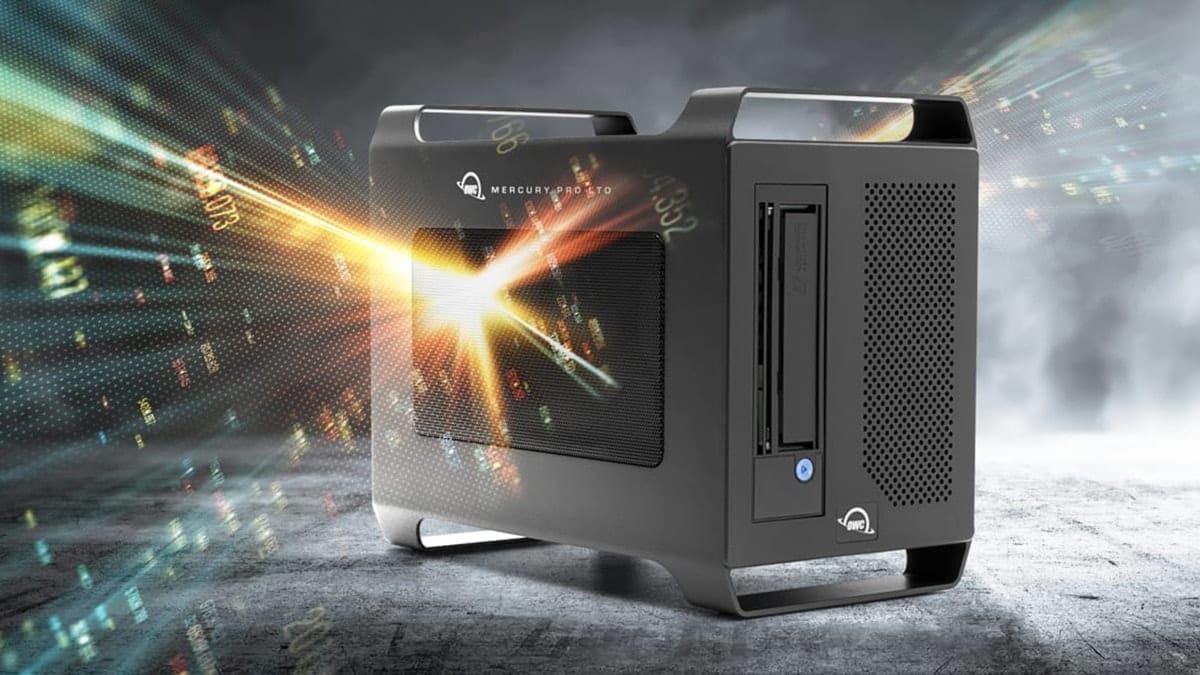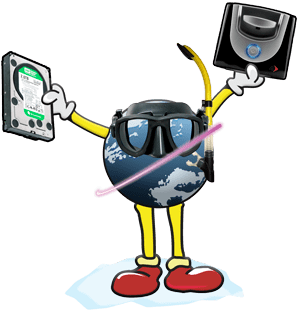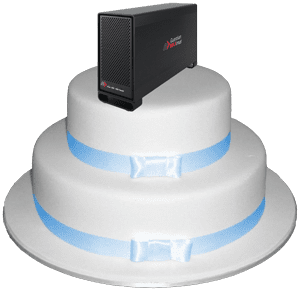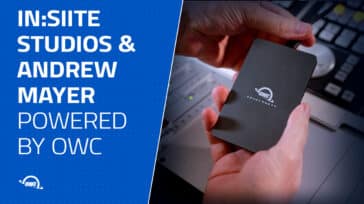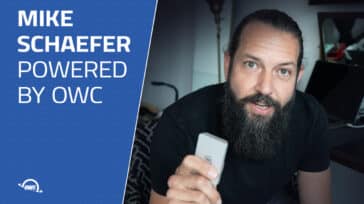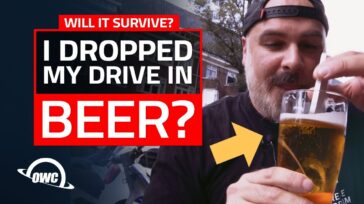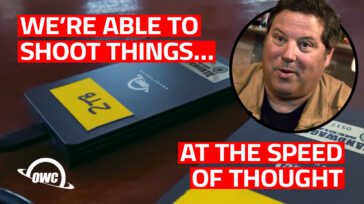We all know that video is the most powerful way to tell a person’s, organization’s, or community’s story. For years, access to use powerful video storytelling tools was outside the capabilities of anyone who wasn’t a professional willing to invest tens of thousands of dollars.
Over the years, the democratization of video production has increased. One of the last great game-changers was the advent of the DSLR video capabilities introduced in 2008. What was created as a “throw-away” feature for photojournalists to be able to take quick videos in the field turned the industry upside down and revolutionized the way everyone, from consumers to professionals, uses video.
Nowadays, the smartphones you carry in your pocket can capture 4K, high frame rate video at a quality level that makes the professional SD cameras of the early 2000s look like footage captured with elementary school toys.
Everyone from stay-at-home parents, to traveling YouTubers, to middle school students, have at their fingertips, powerful, easy to learn, accessible tools for telling their stories. And one organization telling the story of these young storytellers is We Make Movies, based in Los Angeles, CA.
Plan it: eARTh
We Make Movies is a non-profit dedicated to empowering creatives to tell stories: from shorts to features, narrative fiction to docs. They serve filmmakers, content creators, and storytellers of all ages with free weekly workshops, discounted resources and services, educational industry events, showcases, and film challenges.
Earlier this year, We Make Movies, Orphaned Starfish, and the We Uplift the World Foundation embarked upon a project whereby they are partnering with other technology providers (including OWC) to help disenfranchised youth from around the country tell their stories in powerful ways. It’s all part of the eARTh Project.
“The eARTh Project tells the story of students using mobile filmmaking as a means for creative entrepreneurship,” said Steve LaMorte, a director and producer for We Make Movies and project lead for WMM on eARTh. “While our class was initially planned to be in person, we started with our students right before the citywide quarantine began, and we quickly had to pivot into virtual remote learning.”
Having to switch to remote learning in such short notice was a challenge. But LaMorte and the other WMM participants also saw it as a new opportunity for the students. LaMorte continued. “The eARTh Project partners outfitted the students with mobile devices. That allowed them to document their experiences as high school students under quarantine from an underrepresented community like Compton, CA, which is often misrepresented in the media.”
With current eARTh teams in Los Angeles, Chicago, and St. Louis, eARTh is just getting started in creating a nationwide campaign to transform the youth of today.
Telling a big story requires big drives
The We Make Movies team is documenting their time with the eARTh Project kids and putting it together in an unscripted docu-series. As you might imagine, the amount of footage required to create such a series required a lot of storage and editing power to work fast and flexibly. For this reason, the WMM post-production team has turned to OWC’s ThunderBay Flex 8.
Matt Roscoe, one of the team editors, commented, “Even in my relatively short 6 years of working in post production, it is insane to see how the world of hard drives has grown from the USB 2.0 and Firewire devices I used in college to the absolute juggernaut that is the ThunderBay Flex 8. It could get frustrating seeing so many projects with so many clients get split between a menagerie of different drives that pile up on my shelves. It gets even worse when the standard formats of ports and cables keep changing and evolving, requiring me to constantly swap cables and add adapters when I need to have multiple projects hooked up at once. So I love having a single tower that gets to house everything I’m working on at a given time, all in one place.“
Steve LaMorte, who does his fair share of editing on the eARTh Project, chimed in. “Because the docu-series had to quickly go from being traditionally shot to sourcing media remotely in more of a ‘found footage’ production, having a sturdy storage solution was an absolute must.”
Working with teen kids shooting with a variety of cameras, iPhones, and iPads,in addition to documentary crew footage, resulted in a plethora of formats the post team had to work with.
“Switching to the ThunderBay Flex 8 was a game changer for our production company,” says LeMorte. “It has enabled us to mix formats and combine several input devices into one unit, which really helps in a work from home environment.”
Roscoe also found the power and flexibility of the aptly named “Flex 8” to be a vital part of the production process. “With over a Terabyte worth of interviews, assignments, and class recordings circulating across Google Drive and Dropbox, having the Cloud accounts synced to my MacBook Pro’s Internal drive was not an option. So setting the Google Drive and Dropbox accounts to sync to the SSD Stripe that comprised the Top 4 Bays was vital. Also, with the Flex 8’s bottom four Bays configured as a RAID 5, as well as its ability to connect to outside drives via the Dock, I have been able to efficiently back everything up to different places. In fact, this RAID array was a lifesaver when a separate external drive I was using completely failed during this production, right before an important deadline.”
It seems only fitting that a project that helps teens be better stewards of their bodies (healthy eating) and planet (sustainable living) be serviced by a hardware array that itself does its part in conservation. The 3-in-1 aspect of the Flex 8 (dock, PCIe slot, and drive bays) not only significantly reduces the desktop footprint but improves energy conservation and material use since you physically need fewer encasements.
The Flex 8 3-in-1 feature set is also a key aspect of the benefits during production on the eARTh Project.
Future-proofing: from community teens to creative teams
When all is said and done, the eARTh Project is “future-proofing” these teens. WMM founder and CEO Sam Mestman had this to say. “These kids don’t typically have access to this kind of equipment, software, or education. The eARTh Project is helping them not only be better storytellers, but also self-sufficient citizens and entrepreneurs that will be able to tackle any challenge life has to throw at them.”
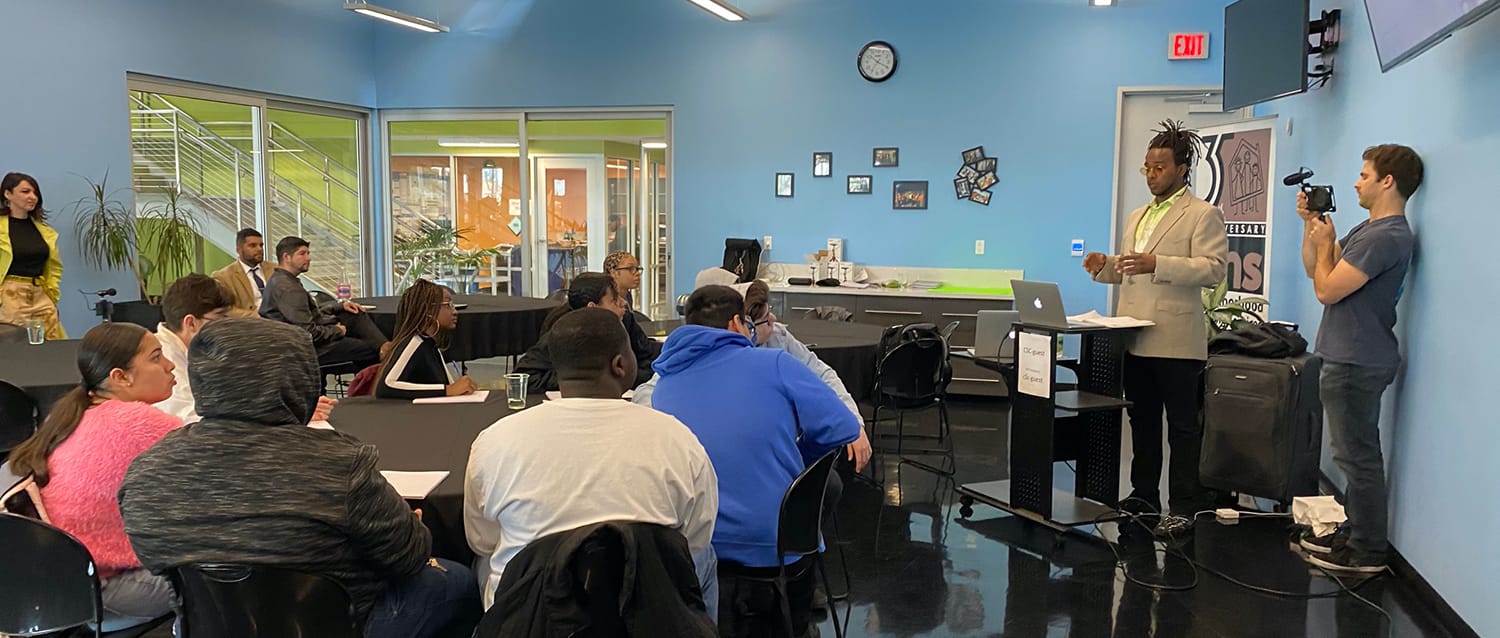
In much the same way that eARTh Project has prepared their teens for whatever the future has in store, OWC’s ThunderBay Flex 8 flexible framework and set up has done the same for the production team telling the teens’ stories.
Roscoe confirms. “As new storage solutions emerge, I know we will be able to expand and continue to make the most of this storage solution as all of our productions continue to grow and expand.”
LaMorte says, “Using the thunder bay has dramatically changed our workflow and has been tremendously helpful for a large scale documentary like this. We have been slowly phasing out our other raid set up and have yet to find a limit to what we can do with the Flex 8.”
Perhaps Rosco sums it up best. “The eARTh Project is by far the best endeavor I have ever had the honor of being a part of, and the ThunderBay Flex 8 has been key in its ambitious workflow.”



